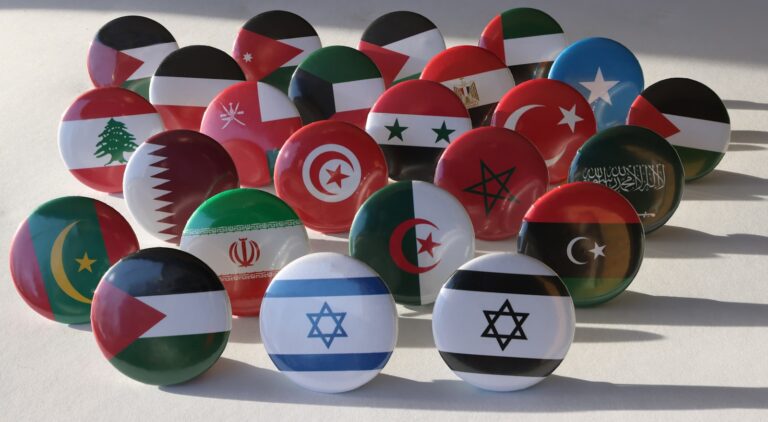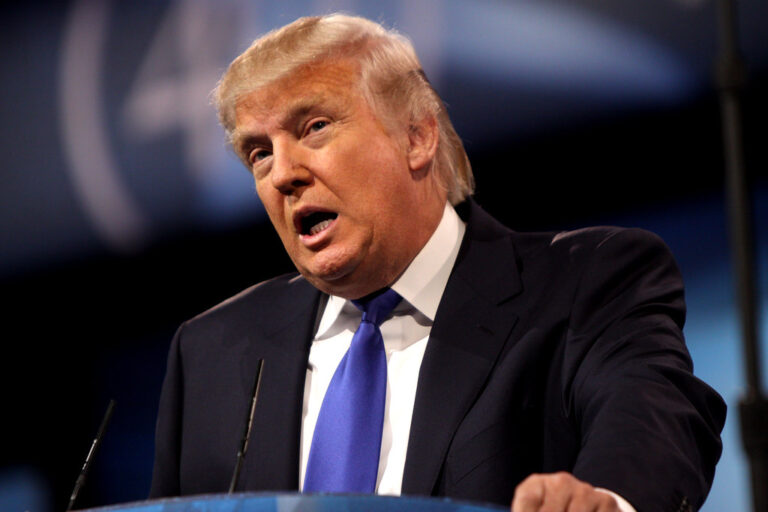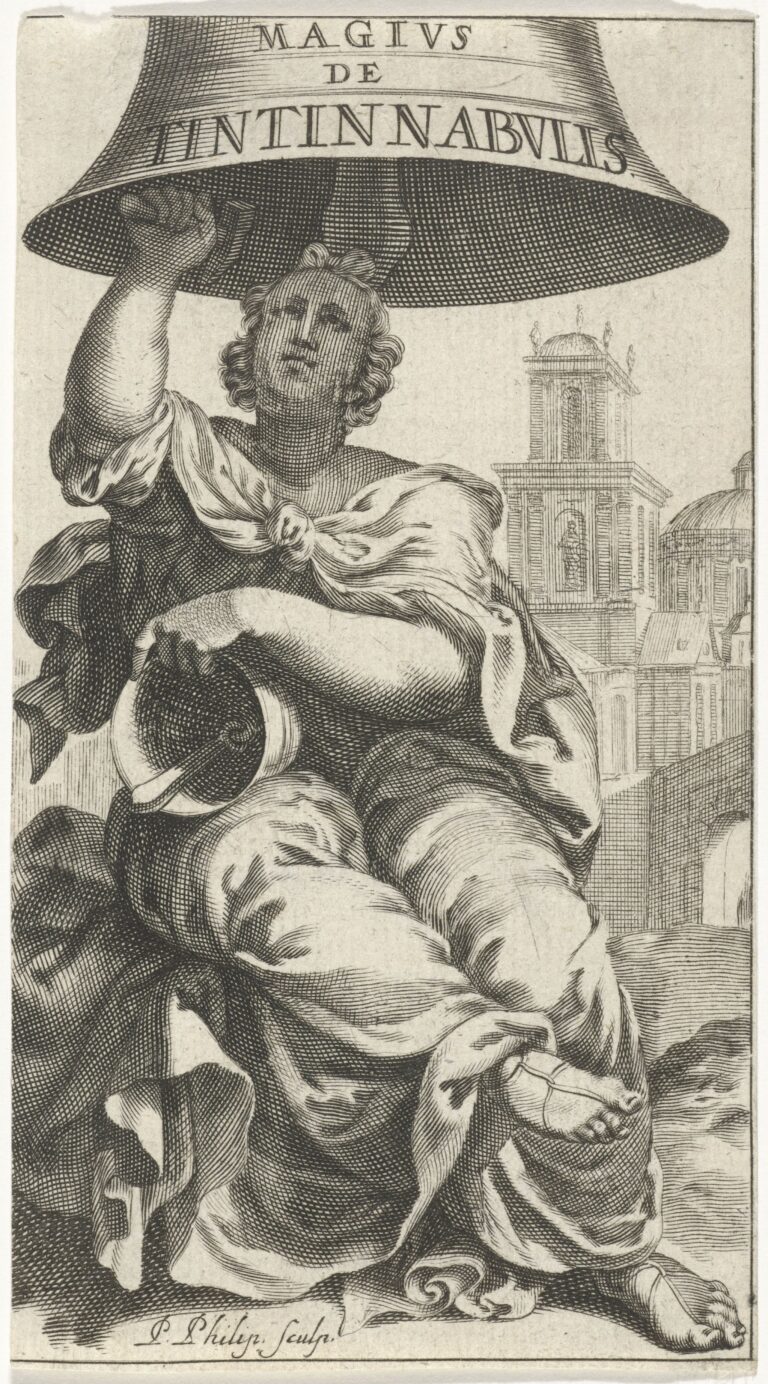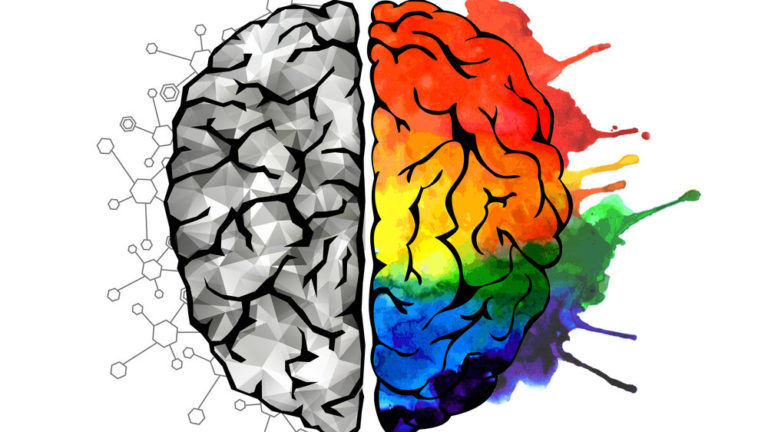Key takeaways
The Make America Healthy Again Commission released 128 ideas to boost children’s health.
• Scientists say the plan feels scattered and lacks real steps and funding.
• Some experts applaud its focus on diet and exercise but worry about cuts to support programs.
• Critics note the report clashes with moves to reduce food aid and social benefits.
• Observers call for clear strategies and resources to make any improvements stick.
Children’s Health Report Draws Fire
Health Secretary Robert F. Kennedy Jr. led a new effort to fix children’s health in America. His commission suggested 128 changes, from diet rules to new exercise programs. However, many scientists say the report reads like a random list of ideas. They worry it will not help kids unless leaders back the ideas with real action and money.
Why Experts Are Worried About Children’s Health
Dr. Philip J. Landrigan, a top pediatrician, described the report as “uneven” and “poorly conceived.” Moreover, Susan Mayne of Yale pointed out that talk is cheap. She noted that actual support is heading in the wrong direction. Cutting food aid and health benefits would leave families without the help they need. Consequently, she fears the plan may fail before it starts.
What the Report Recommends for Children’s Health
First, the commission wants new rules on school meals and junk food. It also suggests more parks, safer streets, and exercise classes. In addition, it calls for tougher limits on chemicals and pollution. Finally, it urges mental health screenings and better doctor training. While these ideas seem strong, they need budgets, timelines, and teams to work.
Clashing Moves Undermine Children’s Health Goals
Meanwhile, the government is trimming programs that feed and support families. For example, food assistance and social services budgets are shrinking. Thus, even good ideas can’t succeed if families lack basic resources. Experts say this conflict creates confusion. They ask how children’s health can improve when key services face cuts.
Experts Call for Clear Actions and Funding
Susan Mayne stressed that a plan must pair ideas with tools and funds. She warned, “You cannot draft good policies and then remove the help needed to carry them out.” Likewise, Dr. Landrigan urged leaders to set priorities, assign teams, and track progress. He noted that without those steps, the report’s 128 ideas remain just words on paper.
Positive Notes on Children’s Health Focus
Some experts did praise the focus on diet and exercise. Lindsey Smith Taillie said it’s great to name those areas as top problems. Moreover, she hopes this will spark local efforts, like school gardens or walking routes. However, she also called the report “lacking actual action.” In her view, lasting change needs clear plans, funds, and community support.
Next Steps for Children’s Health Improvement
To move from ideas to impact, leaders must outline specific steps. They should assign tasks, set deadlines, and secure funding. Additionally, they need to keep public services strong, not cut them. Local groups and schools could then pilot projects and share wins. In that way, small successes can grow into wider change.
Conclusion
The report on children’s health raises vital points but needs more work. Without clear plans and resources, its 128 recommendations may go nowhere. First, leaders must resolve conflicts between new goals and budget cuts. Then, they should detail who will do what and when. Only then can America’s children hope to grow healthier in a real way.
What steps can make this plan work for children?
Leaders need to match each recommendation with a budget and timeline. In addition, they must keep food aid and health benefits strong. Finally, communities should run pilot projects and share results widely.
How do budget cuts affect these health ideas?
When food or social support is cut, families struggle. As a result, they cannot follow diet or exercise plans. Thus, any health idea needs funding for basic services to succeed.
Why do experts call the report “disjointed”?
They say the plan mixes many ideas without clear links. Also, it lacks details on who will lead each change. Therefore, experts feel it cannot guide real action.
Can schools and cities help improve children’s health now?
Yes. Schools can boost healthy meals and activity breaks. Cities can add parks and safe routes. These local moves can show what works before wider changes.










